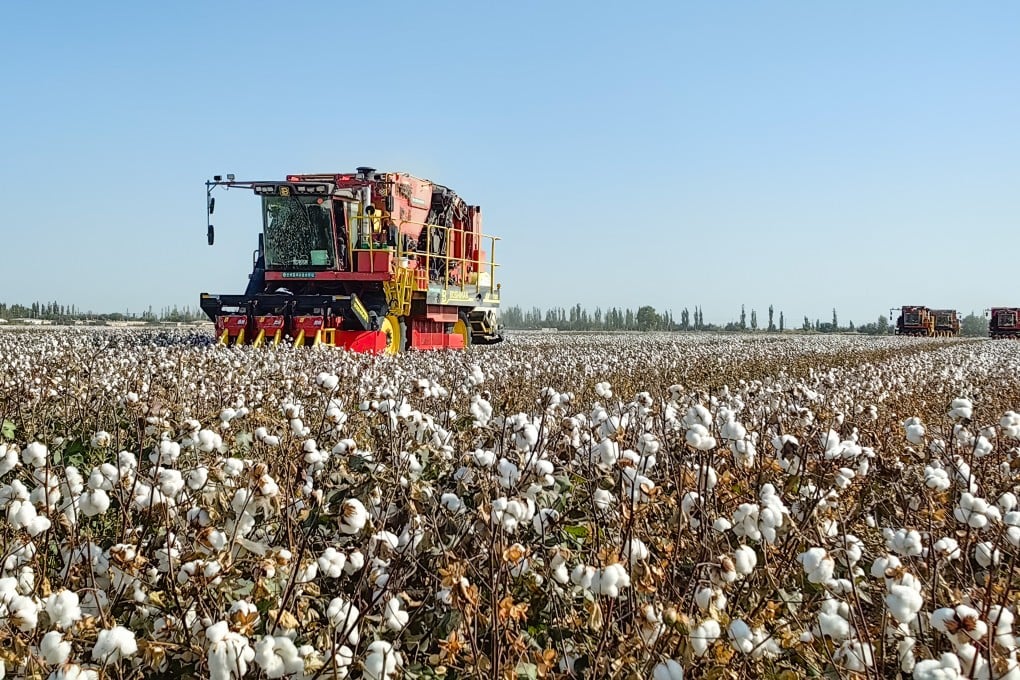Advertisement
Scientists say Western sanctions against China ‘toothless’ without better supply chain data
- Researchers call for global map of supply links between firms to help companies comply with trade restrictions
- US ban on Xinjiang imports and EU directive to reduce human rights impacts difficult to enforce without transparency, they say
Reading Time:3 minutes
Why you can trust SCMP
49

Researchers in Europe and the US have called for the creation of an international map of supply connections between firms to improve transparency in global trade and help Western companies comply with sanctions.
“As policymakers increasingly recognise, supply chains are critical for ensuring compliance with tax laws, human rights and environmental standards,” the researchers said in an article published in the journal Science on Friday, citing US legislation to ban imports from Xinjiang Uygur autonomous region and the draft European Union Supply Chain Act as examples.
But “without better supply chain transparency, these acts will remain rather toothless,” said lead author Anton Pichler, a postdoctoral fellow at the Vienna-based research organisation Complexity Science Hub.
Advertisement
More than 300 million firms are connected through an estimated 13 billion supply links in the global economy, according to the team, which includes researchers from Complexity Science Hub, Vienna University of Economics and Business, University of Cambridge, University of Oxford, Universite Libre de Bruxelles, Statistics Netherlands and Arizona State University.
The US has imposed economic sanctions on China over alleged human rights abuses, spying and supporting Russia’s war efforts in Ukraine, while other sanctions are aimed at curtailing China’s technological capabilities by restricting access to key suppliers.
Advertisement
Advertisement
Select Voice
Choose your listening speed
Get through articles 2x faster
1.25x
250 WPM
Slow
Average
Fast
1.25x